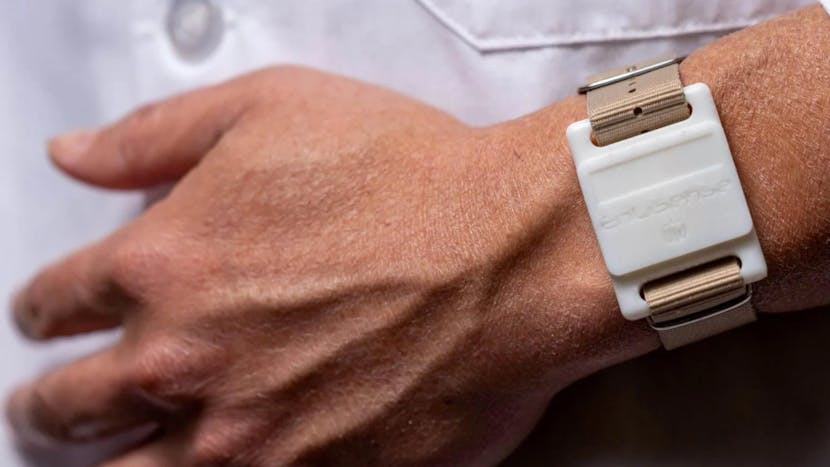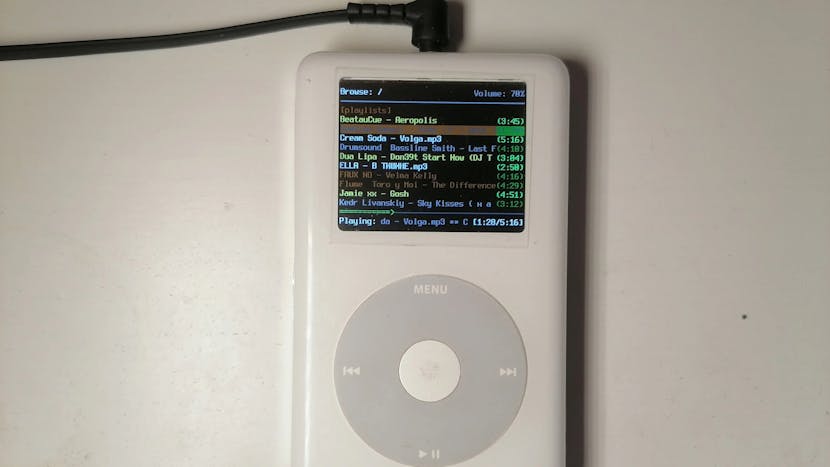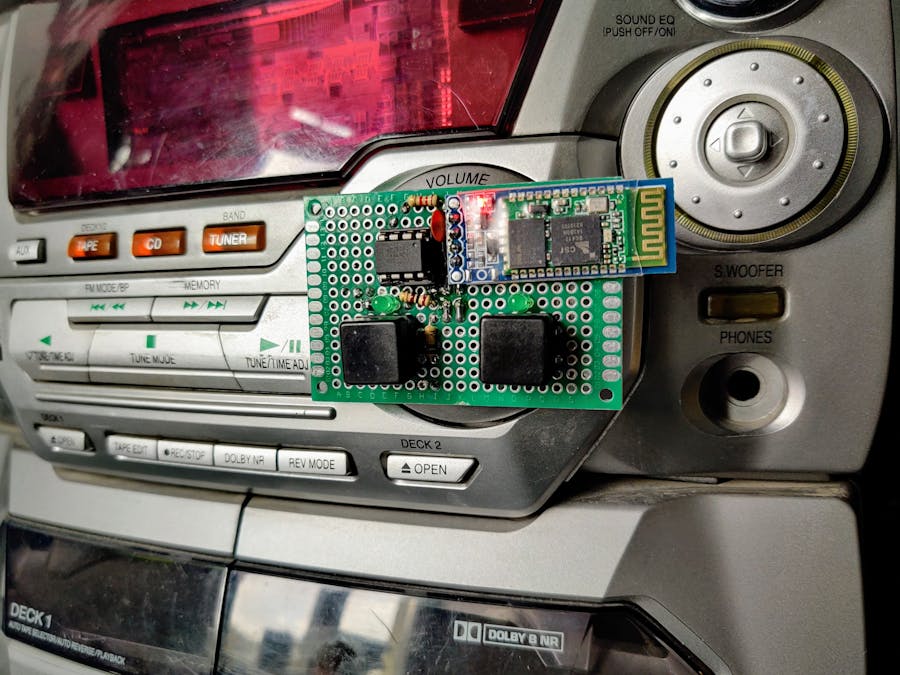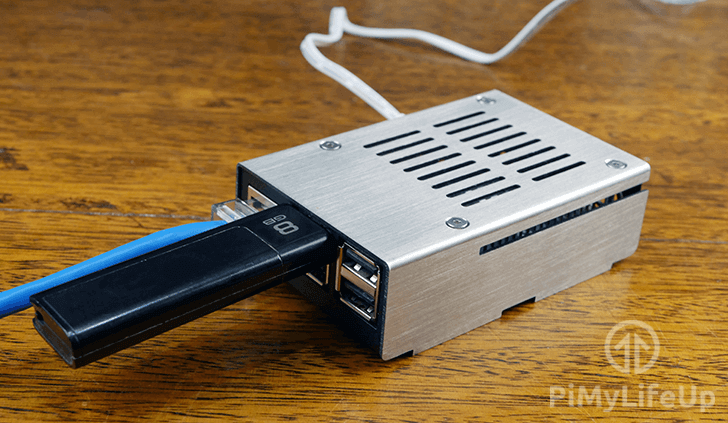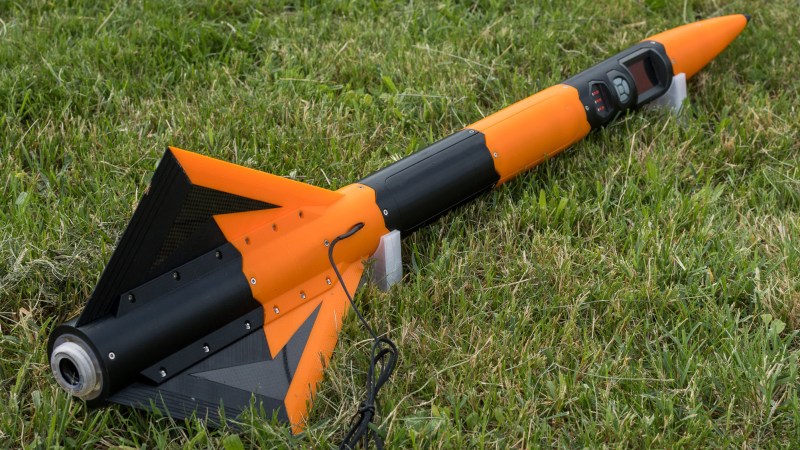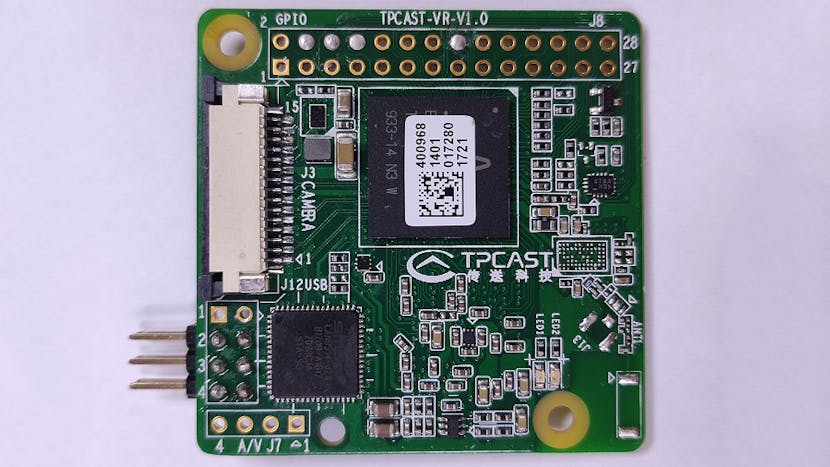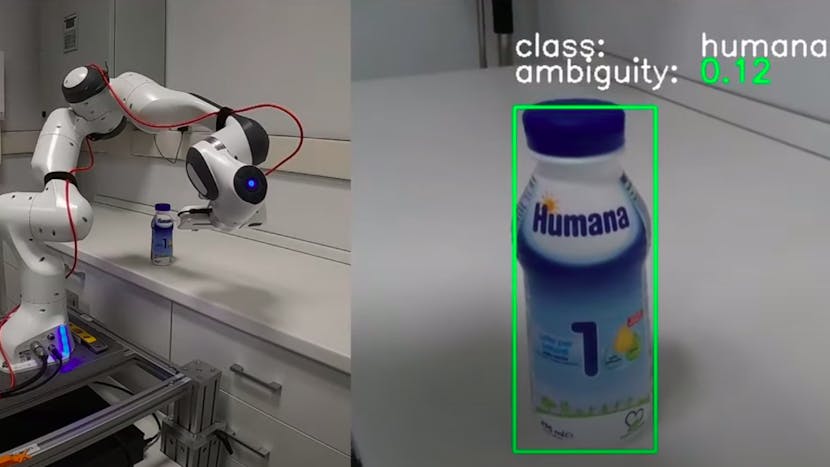Capable of working even if you don’t think you’re sweating, the SweatSenser is suitable for long-term monitoring of stress levels and more.
A novel wearable sweat sensor, developed by researchers at the University of Texas at Dallas and in the process of being commercialized by EnLiSense, could provide insight into the health and stress levels of wearers — even if it can only sample a tiny amount of sweat.
